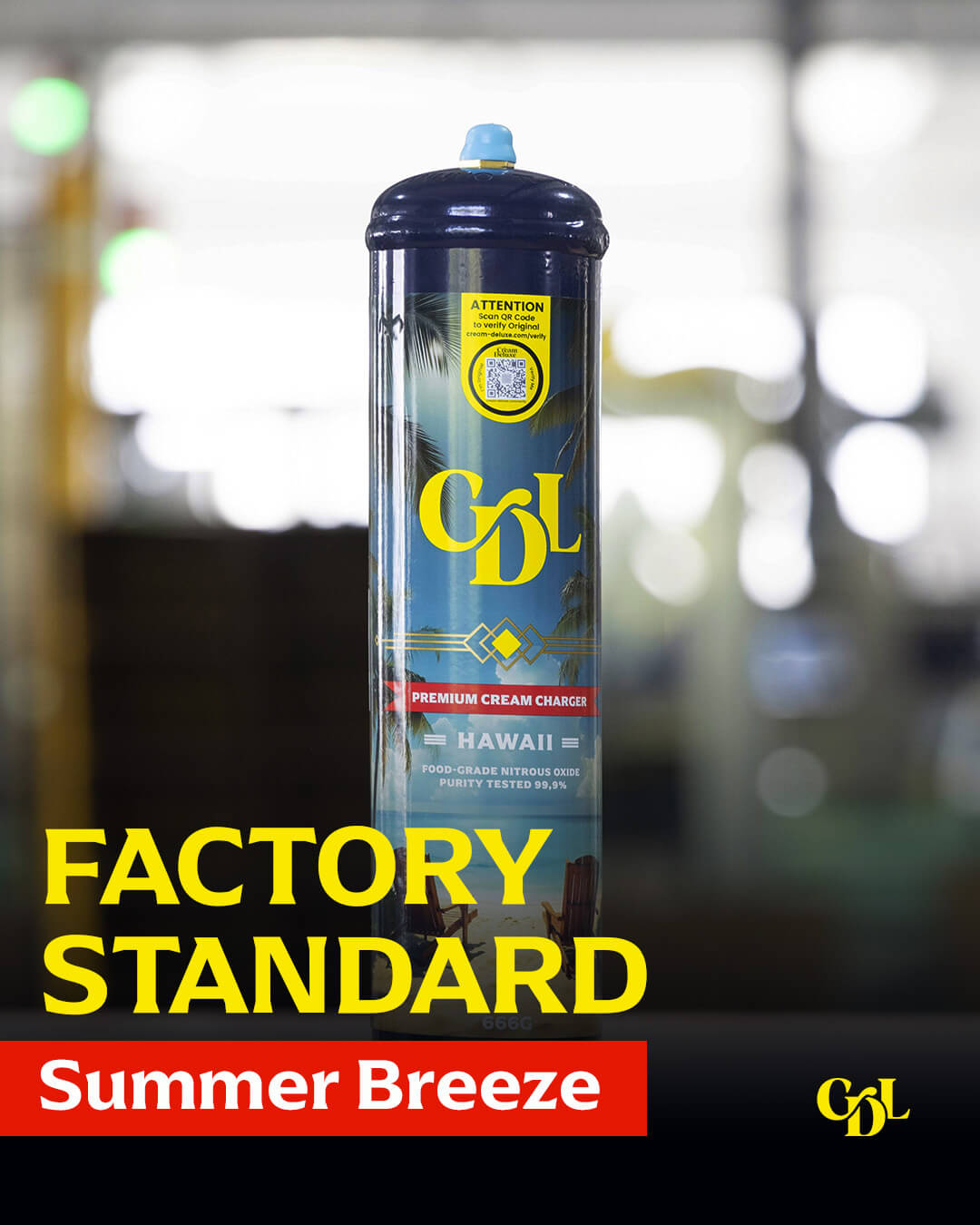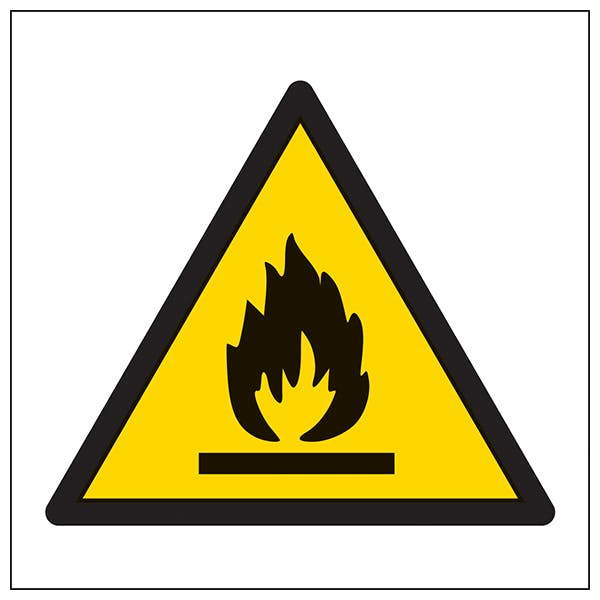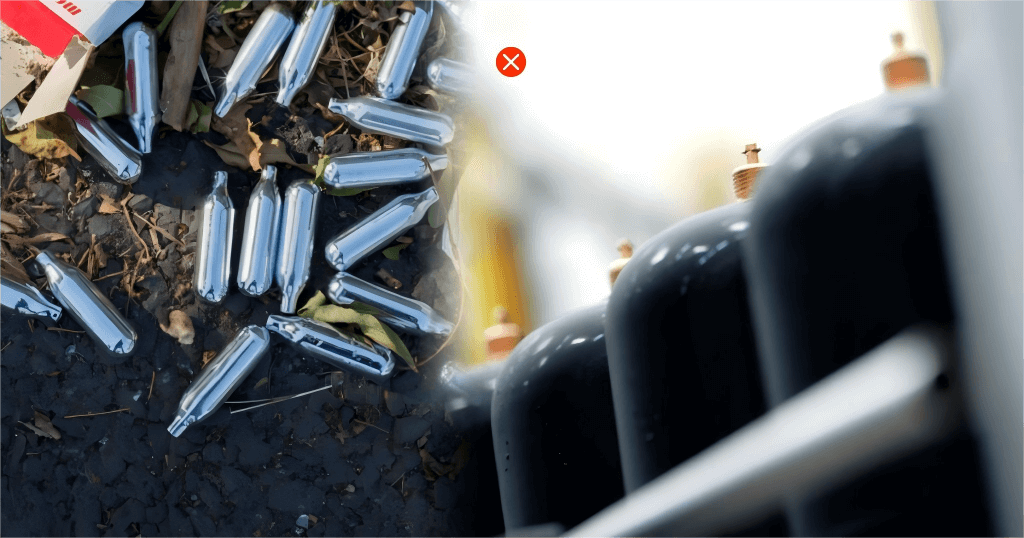powered by PiQR.io
powered by PiQR.io


Is it true that household cream chargers explode on impact? Is nitrous oxide only used for whipping cream? Is the occasional inhalation really harmless?
As a gas widely used in food processing, medicine, and other industries, nitrous oxide (N₂O) has entered millions of households worldwide through cream chargers. But with growing popularity comes a flood of myths and misinformation. These rumors not only mislead consumers in their daily use but also pose potential health and safety risks.
In reality, most of these myths stem from misinterpretations of non-compliant products or the spread of incorrect information. Nitrous oxide itself is a well-established industrial gas. When purchased from regulated sources and used correctly, the risks can be effectively avoided.
Let us clarify these rumors one by one using scientific data and authoritative standards, and build a correct understanding of the nitrous oxide used in cream chargers.
Common Claim
“Household cream chargers contain high-pressure nitrous oxide and may explode if slightly bumped or exposed to heat. They’re too dangerous to use at home.”
Where This Myth Comes From
This rumor often arises from accidents involving inferior, uncertified products or a lack of understanding of pressure vessel safety standards. Non-compliant chargers made with substandard materials and poor craftsmanship do pose risks—but they do ei represent the reality of certified products.
The Scientific Truth
Certified cream chargers are made of food-grade stainless steel or aluminum alloy and strictly follow international pressure vessel regulations. For example, under EU TPED (Transportable Pressure Equipment Directive) and US DOT (Department of Transportation) standards, the design pressure far exceeds the actual fill pressure—with typical fill pressure being 5–7 bar, and the canister’s tolerance reaching 15–20 bar, providing a large safety margin.
Products like Cream Deluxe undergo over 100,000 pressure cycle tests during production to ensure structural integrity under normal household conditions.
Practical Tips

Always purchase products with TPED, DOT, or equivalent certifications
Store away from open flames and high heat (recommended temperature: under 40°C)
Avoid heavy impacts or drops; discontinue use if the canister appears deformed
Buy from official brand channels; avoid unverified “no-label” products
Common Claim
“Nitrous oxide is only legally used for whipping cream. Any use outside of baking is illegal.”
Where This Myth Comes From
This misconception comes from confusing legitimate use cases with misuse. While some individuals have misused nitrous oxide from cream chargers for recreational highs—which is dangerous and often illegal—this does not invalidate its legal applications in other fields.
The Scientific Truth

Nitrous oxide has many legitimate uses:
Medical: Used as an anesthetic and analgesic in dental and obstetric procedures
Food industry: In addition to whipping cream, used in fruit preservation ja antibacterial food packaging
Aerospace: Employed as a propellant
Electronics: Used in semiconductor manufacturing
Although many countries list it under controlled or hazardous chemicals requiring permits for sale and handling, these legal uses are protected under regulatory frameworks.
Practical Tips
Distinguish between legal usage and dangerous abuse
Businesses must ensure they have the appropriate licenses for handling and usage
Home users should limit use to food preparation and avoid any misuse
Report illegal sales or promotions to your local market supervision department
Common Claim
“Taking a few hits from a cream charger is just for fun—it helps you relax or feel energized. It’s not addictive or harmful.”
Where This Myth Comes From
This myth often spreads in social settings, particularly misleading young people. The temporary euphoria masks the long-term damage, which leads to rising cases of misuse.
The Scientific Truth
Medical studies show that repeated nitrous oxide inhalation poses severe health risks:
Deactivates vitamin B12, causing damage to the spinal cord ja peripheral nerves, leading to numbness, mobility issues, or even paralysis
Reduces blood’s oxygen-carrying capacity, causing anemia ja tissue hypoxia
Long-term use may lead to psychological dependence, including anxiety, depression, and cognitive dysfunction
Practical Tips
Never inhale gas from cream chargers under any circumstances
Parents should educate teenagers and monitor for risky behavior
Store chargers out of reach of children and pets
Seek medical attention immediately if you experience numbness, memory loss, or other neurological symptoms and inform doctors of any exposure history
Common Claim
“Cream chargers are just a regular product—buy them anywhere, use them anywhere. No issues traveling internationally.”
Where This Myth Comes From
This belief overlooks the strict regulatory differences between countries and fails to recognize the special handling rules for hazardous materials like nitrous oxide.
The Scientific Truth
Regulatory requirements vary significantly across regions:
| Country/Region | Key Regulations |
| Kiina | Listed as a hazardous chemical; permits required for sale and use |
| UK | Illegal to sell for recreational inhalation; up to 2 years imprisonment |
| Japani | Complete ban on production and sale outside medical use |
| EU | Must comply with TPED; some countries have age restrictions for purchase |
| USA | Regulated under DOT; additional state-level retail rules may apply |
Practical Tips
Always check destination country regulations before traveling with cream chargers
Do not carry large quantities across borders; obtain necessary documentation if required
When purchasing abroad, use authorized local retailers and confirm compliance
Be aware of airline restrictions for pressurized containers

Common Claim
“Empty chargers are useless, just throw them in the regular trash bin. Leftover gas or metal won’t harm the environment.”
Where This Myth Comes From
This misconception stems from a lack of understanding about metal recycling ja hazardous waste handling, ignoring the environmental implications of improper disposal.
The Scientific Truth
Cream chargers made of stainless steel or aluminum are recyclable, but require proper disposal. Disposing of them carelessly leads to resource waste, and any residual nitrous oxide left in the canister, if released directly, can negatively impact the atmosphere. Recycling stainless steel involves specialized processes such as sorting, cleaning, and smelting before the material can be regenerated.
Practical Tips
Ensure all residual gas is released before disposal
Place chargers in metal recycling bins or take to professional recycling centers
Never dismantle the charger by yourself—it may cause contamination or injury
Check local recycling policies or join brand-sponsored recycling programs
Nitrous oxide cream chargers are powerful and convenient tools in modern kitchens—but they’re not inherently dangerous. What’s truly dangerous is misinformation and misuse.
By choosing certified products that comply with international standards (like Cream Deluxe cream chargers), learning proper usage, respecting regional regulations, and handling waste responsibly, we can fully embrace the convenience of modern technology—safely and sustainably.
Let’s dispel the myths with science, and make every moment in the kitchen both joyful and safe. Understanding the truth is the first step to proper use of cream chargers.
| Cookie | Kesto | Kuvaus |
|---|---|---|
| cookielawinfo-checkbox-analytics | 11 kuukautta | Tämän evästeen asettaa GDPR Cookie Consent -lisäosa. Evästettä käytetään tallentamaan käyttäjän suostumus kategorian "Analytics" evästeille. |
| cookielawinfo-checkbox-functional | 11 kuukautta | Eväste asetetaan GDPR:n evästesuostumuksen mukaisesti tallentamaan käyttäjän suostumus kategorian "toiminnalliset" evästeet. |
| cookielawinfo-checkbox-necessary | 11 kuukautta | Tämän evästeen asettaa GDPR Cookie Consent -lisäosa. Evästettä käytetään tallentamaan käyttäjän suostumus evästeille luokassa "Välttämätön". |
| cookielawinfo-checkbox-others | 11 kuukautta | Tämän evästeen asettaa GDPR Cookie Consent -lisäosa. Evästettä käytetään tallentamaan käyttäjän suostumus evästeille kategoriassa "Muut". |
| cookielawinfo-checkbox-others | 11 kuukautta | Tämän evästeen asettaa GDPR Cookie Consent -lisäosa. Evästettä käytetään tallentamaan käyttäjän suostumus evästeille kategoriassa "Muut". |
| cookielawinfo-checkbox-performance | 11 kuukautta | Tämän evästeen asettaa GDPR Cookie Consent -lisäosa. Evästettä käytetään tallentamaan käyttäjän suostumus kategorian "Suorituskyky" evästeille. |
| viewed_cookie_policy | 11 kuukautta | Evästeen asettaa GDPR Cookie Consent -lisäosa, ja sitä käytetään tallentamaan, onko käyttäjä antanut suostumuksensa evästeiden käyttöön. Se ei tallenna mitään henkilötietoja. |